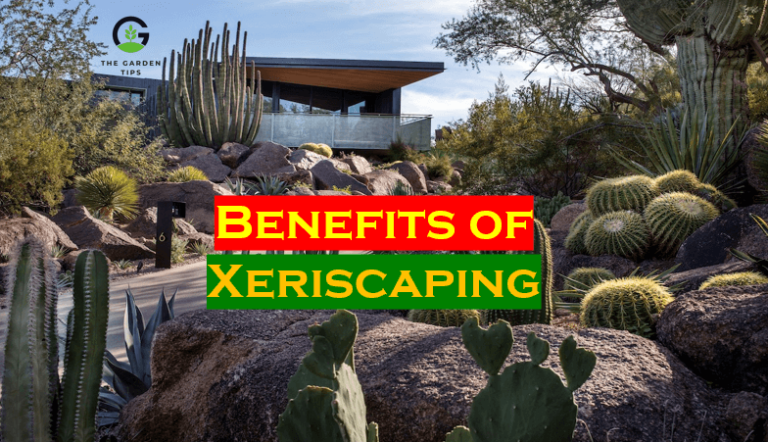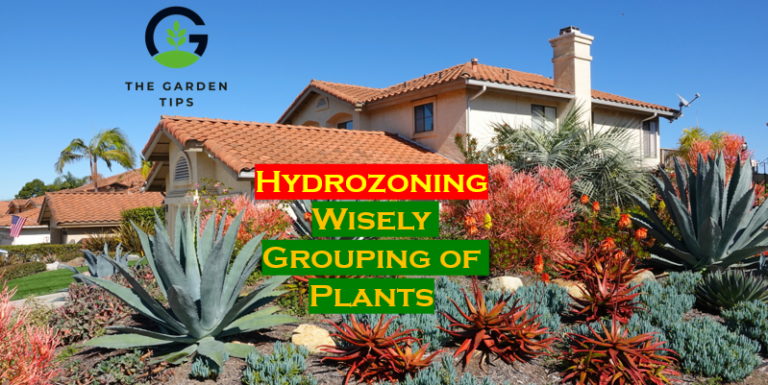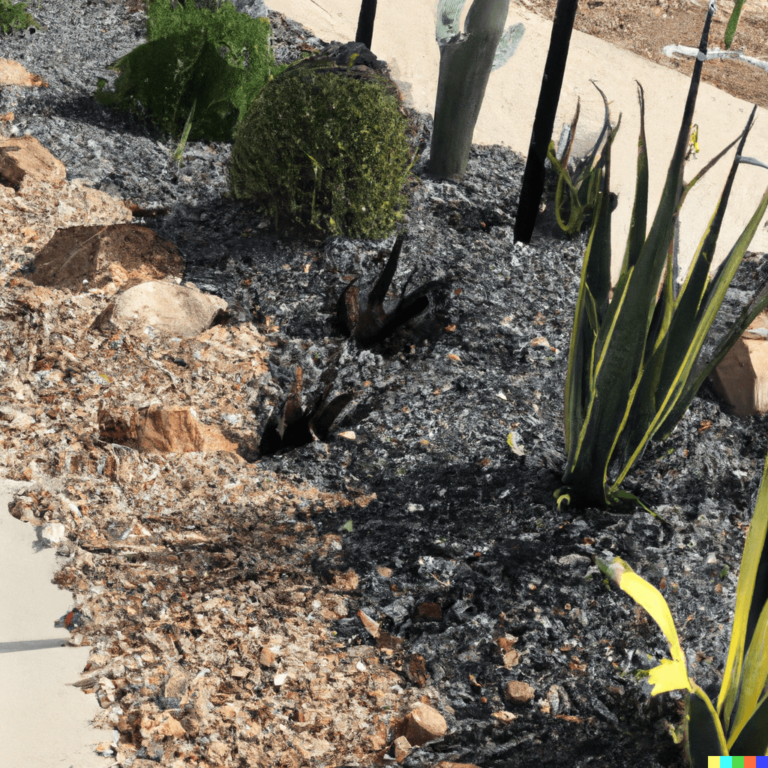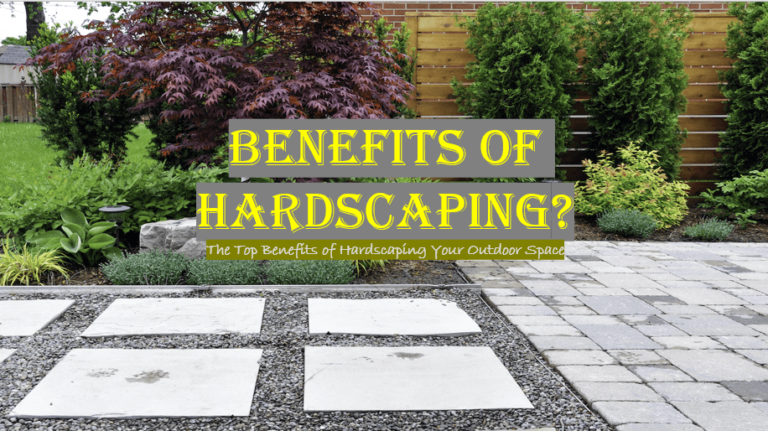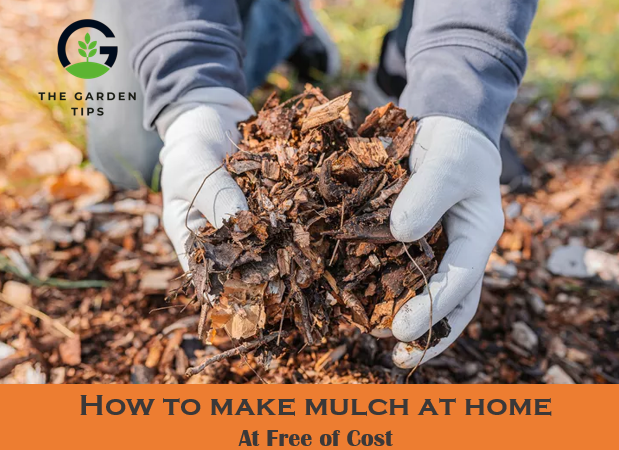Composting is a natural process of breaking down organic material into a nutrient-rich soil amendment. It involves the combination of organic matter such as kitchen scraps, leaves, grass clippings, and other yard waste, which are then decomposed by microorganisms and turned into compost. This compost can then be used to enrich the soil in gardens, landscapes, and farms, providing valuable nutrients and improving soil structure.
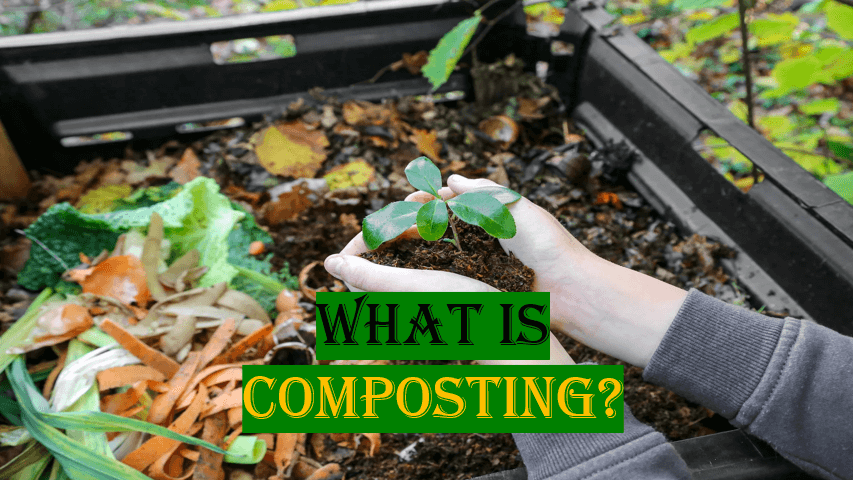
Composting is necessary for a home garden for a number of reasons. Firstly, it provides a natural and eco-friendly alternative to chemical fertilizers, which can have harmful effects on the environment and soil health. By using compost, you can reduce your waste and give back to the earth by creating a sustainable cycle of growth and renewal. Additionally, compost can improve soil structure, leading to better water retention, improved root growth, and healthier plant growth. This can also result in a more abundant and productive garden, with an increased yield of fruits and vegetables. Composting is an easy and cost-effective way to promote a healthy garden while reducing your carbon footprint and contributing to a more sustainable future.
What is the process of composting?
The process of composting involves several steps:
- Collection of organic material: The first step in composting is to gather organic waste material such as leaves, grass clippings, food scraps, coffee grounds, and other yard waste.
- Preparation of the compost pile: Once the organic material has been collected, it should be prepared for composting. This may involve shredding large materials into smaller pieces, mixing different types of organic matter, and moistening the pile to ensure proper decomposition.
- Aeration: Proper aeration of the compost pile is important for the growth of beneficial microorganisms, which break down the organic matter into compost. This can be achieved by turning the pile with a garden fork or compost aerator or constructing the pile so that air can circulate.
- Moisture control: The compost pile should be moist but not soggy. Too much moisture can lead to anaerobic conditions, which will slow down the composting process, while too little moisture will cause the pile to dry out, killing the beneficial microbes.
- Monitoring temperature: The compost pile should be warm, between 120°F and 160°F. High temperatures help to kill pathogens and speed up the decomposition process.
- Turning: Regular turning of the compost pile helps to aerate it and distribute moisture and heat evenly. The turning frequency will depend on the pile size, the materials used, and the desired outcome.
- Maturity: The compost is considered mature when the organic matter has been broken down into a dark, crumbly substance with a rich, earthy smell. Depending on the conditions and materials used in the composting process, this can take anywhere from several weeks to several months.
Once the compost is mature, it can improve soil structure, provide nutrients, and support healthy plant growth.
What Are the Different Kinds of Composting?
There are three types of composting:
- Aerobic
- Anaerobic
- Vermicomposting
Aerobic Composting
- Aerobic composting requires air to break down the material and involves turning the compost every few days. The compost should be moist and have enough air space to prevent bad odors.
Anaerobic Composting
- Anaerobic composting involves throwing scraps into a compost pile without worrying about it for a year or more. However, without oxygen, the process releases unpleasant odors and creates methane, a greenhouse gas harmful to the environment.
Vermicomposting
- Vermicomposting involves using worms, oxygen, and moisture to break down organic material with minimal odors safely. The worms do most of the work, and bacteria also help. Vermicomposting is the preferred method due to its little odor, lack of dangerous bacteria, and ease of fertilizer harvesting. It can be done indoors or outdoors and requires only a few minutes of maintenance per week.
Final Words
Each type of composting has its unique benefits and limitations, and the best option for you will depend on your specific needs and circumstances. Whether you choose to compost in your own backyard, with the help of worms, or through a large-scale facility, composting is an important part of promoting a more sustainable future and improving soil health.


